Discovery Phase
Discovery Phase Includes
The main goal of the Discovery Phase is to define an optimal system with its architecture and UX design which will
satisfy stakeholders’ requirements, and to estimate accurately costs for Project development.
Discovery & Design Phase at KindGeek is a complex comprehensive service, which is tailored to bridge the gap
between a business idea and a targeted IT solution. It is an umbrella which integrates KindGeek expertise and
services in business analysis, architecture, technology, UI/UX, and process establishment.
Planing
- Project strategy and objectives
Research
- Comparative evaluation
- Technological restrictions
- Industry standrds and trends
Interaction Design
- Process and flow diagrams
- Wireframing
- Interactive prototypes
Assesment & Requirements Elicitation
- Usage statistics evaluation
- User observation and testing
- Workflow analysis
- Requirements elicitation
- Heuristic evaluation
- KPI definition
- Persona & Use case building
- Stakeholders needs and goals
Visual Design
- Design guidelines
- Mock-ups
- UI Kit

Preparation for Development
- Requirements specification
- Roadmap planning
- Time/budget estimations
Discovery Phase Includes
- Project strategy and objectives
- Comparative evaluation
- Technological restrictions
- Industry standrds and trends
- Process and flow diagrams
- Wireframing
- Interactive prototypes
- Usage statistics evaluation
- User observation and testing
- Workflow analysis
- Requirements elicitation
- Heuristic evaluation
- KPI definition
- Persona & Use case building
- Stakeholders needs and goals
- Design guidelines
- Mock-ups
- UI Kit
- Requirements specification
- Roadmap planning
- Time/budget estimations
UI Pack
Product Manager
- Coordinating communication on the project
- Monitoring the financial and time constraints of the Discovery & Design phase
- Serving as the point for escalation
Business Analyst
- Accomplishing requirements elicitation, analysis and documentation using interviews, requirement workshops, and other techniques in collaboration with stakeholders
- Analyzing, optimizing and documenting user workflows and scenarios
- Validating and verifying requirements in collaboration with stakeholders
UX Analyst
- Clarifying user needs and expectations
- Analyzing competitors and similar products design
- Analyzing user workflow and scenarios
Product Concept
- Description of business goals, major workflows, functional and non‐functional requirements at the level sufficient for understanding the context and starting development
- Requirements Specification describing solution scope
- User needs clarification
Prototypes
- Interactive prototypes (wireframes) of Product at the level sufficient for understanding the context and starting development
Visual Concept
- Visual concept, guidelines, and interactive UX prototype
Your Team
- Coordinating communication on the project
- Monitoring the financial and time constraints of the Discovery & Design phase
- Serving as the point for escalation
- Accomplishing requirements elicitation, analysis and documentation using interviews, requirement workshops, and other techniques in collaboration with stakeholders
- Analyzing, optimizing and documenting user workflows and scenarios
- Validating and verifying requirements in collaboration with stakeholders
- Clarifying user needs and expectations
- Analyzing competitors and similar products design
- Analyzing user workflow and scenarios
Results
- Description of business goals, major workflows, functional and non‐functional requirements at the level sufficient for understanding the context and starting development
- Requirements Specification describing solution scope
- User needs clarification
- Interactive prototypes (wireframes) of Product at the level sufficient for understanding the context and starting development
- Visual concept, guidelines, and interactive UX prototype
Tech Pack
Business Analyst
- Accomplishing requirements elicitation, analysis and documentation using interviews, requirement workshops, and other techniques in collaboration with stakeholders
- Analyzing, optimizing and documenting user workflows and scenarios
- Validating and verifying requirements in collaboration with stakeholders
System Architect
- Identifying the main architectural drivers
- Defining recommended development team composition
- Designing and describing the logical and physical structure of the Product
Product Concept
- Description of business goals, major workflows, functional and non‐functional requirements at the level sufficient for understanding the context and starting development
- Requirements Specification describing solution scope
- User needs clarification
Architecture Concept
- Explanation of the architectural decisions that were made
- Description of the Product architecture at a level of details sufficient to evaluate the complexity and start the solution implementation, including:
Component/modular decomposition of the Product
Description of interoperability with other Products
Description of the physical structure of the Product
Project Plan / Product implementation roadmap
- Description of the project plan on the level sufficient for planning costs and activities of the whole project, including:
Project approach
Development team decomposition
Project milestones
Project deliverables
Your Team
- Accomplishing requirements elicitation, analysis and documentation using interviews, requirement workshops, and other techniques in collaboration with stakeholders
- Analyzing, optimizing and documenting user workflows and scenarios
- Validating and verifying requirements in collaboration with stakeholders
- Identifying the main architectural drivers
- Defining recommended development team composition
- Designing and describing the logical and physical structure of the Product
Results
- Description of business goals, major workflows, functional and non‐functional requirements at the level sufficient for understanding the context and starting development
- Requirements Specification describing solution scope
- User needs clarification
- Explanation of the architectural decisions that were made
- Description of the Product architecture at a level of details sufficient to evaluate the complexity and start the solution implementation, including:
Component/modular decomposition of the Product
Description of interoperability with other Products
Description of the physical structure of the Product
- Description of the project plan on the level sufficient for planning costs and activities of the whole project, including:
Project approach
Development team decomposition
Project milestones
Project deliverables
Full Pack
Product Manager
- Coordinating communication on the project
- Monitoring the financial and time constraints of the Discovery & Design phase
- Serving as the point for escalation
Business Analyst
- Accomplishing requirements elicitation, analysis and documentation using interviews, requirement workshops, and other techniques in collaboration with stakeholders
- Analyzing, optimizing and documenting user workflows and scenarios
- Validating and verifying requirements in collaboration with stakeholders
UX Analyst
- Clarifying user needs and expectations
- Analyzing competitors and similar products design
- Analyzing user workflow and scenarios
System Architect
- Identifying the main architectural drivers
- Defining recommended development team composition
- Designing and describing the logical and physical structure of the Product
Product Concept
- Description of business goals, major workflows, functional and non‐functional requirements at the level sufficient for understanding the context and starting development
- Requirements Specification describing solution scope
- User needs clarification
Prototypes
- Interactive prototypes (wireframes) of Product at the level sufficient for understanding the context and starting development
Visual Concept
- Visual concept, guidelines, and interactive UX prototype
Architecture Concept
- Explanation of the architectural decisions that were made
- Description of the Product architecture at a level of details sufficient to evaluate the complexity and start the solution implementation, including:
Component/modular decomposition of the Product
Description of interoperability with other Products
Description of the physical structure of the Product
Your Team
- Coordinating communication on the project
- Monitoring the financial and time constraints of the Discovery & Design phase
- Serving as the point for escalation
- Accomplishing requirements elicitation, analysis and documentation using interviews, requirement workshops, and other techniques in collaboration with stakeholders
- Analyzing, optimizing and documenting user workflows and scenarios
- Validating and verifying requirements in collaboration with stakeholders
- Clarifying user needs and expectations
- Analyzing competitors and similar products design
- Analyzing user workflow and scenarios
- Identifying the main architectural drivers
- Defining recommended development team composition
- Designing and describing the logical and physical structure of the Product
Results
- Description of business goals, major workflows, functional and non‐functional requirements at the level sufficient for understanding the context and starting development
- Requirements Specification describing solution scope
- User needs clarification
- Interactive prototypes (wireframes) of Product at the level sufficient for understanding the context and starting development
- Visual concept, guidelines, and interactive UX prototype
- Explanation of the architectural decisions that were made
- Description of the Product architecture at a level of details sufficient to evaluate the complexity and start the solution implementation, including:
Component/modular decomposition of the Product
Description of interoperability with other Products
Description of the physical structure of the Product
All Packs

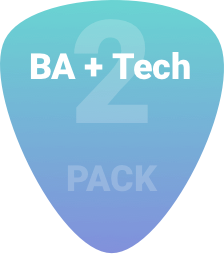
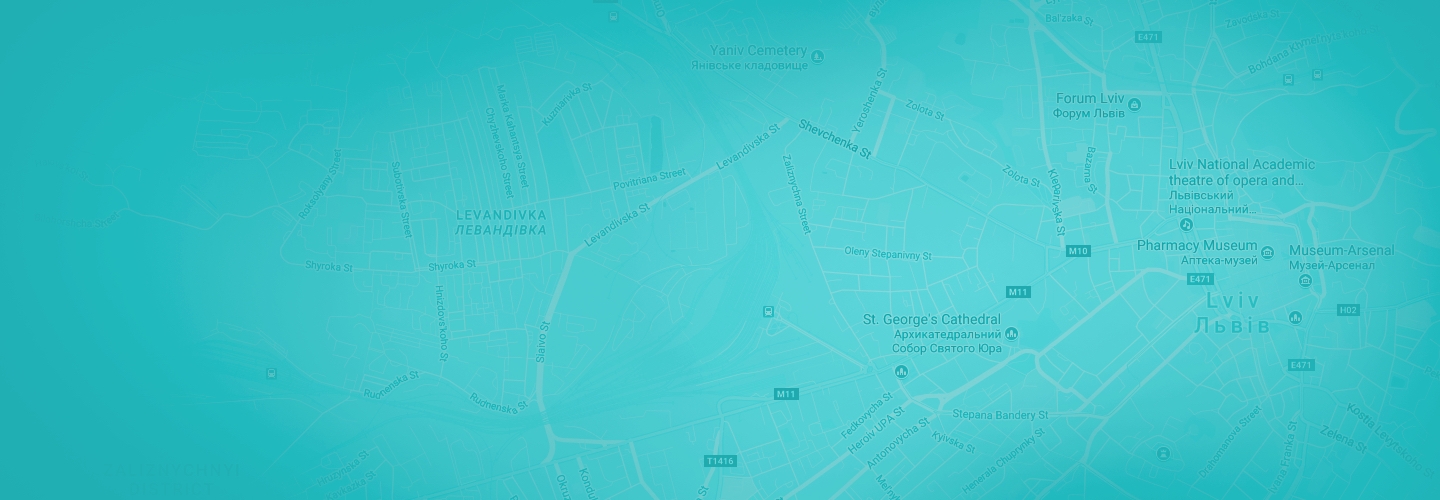
 Menu
Menu


